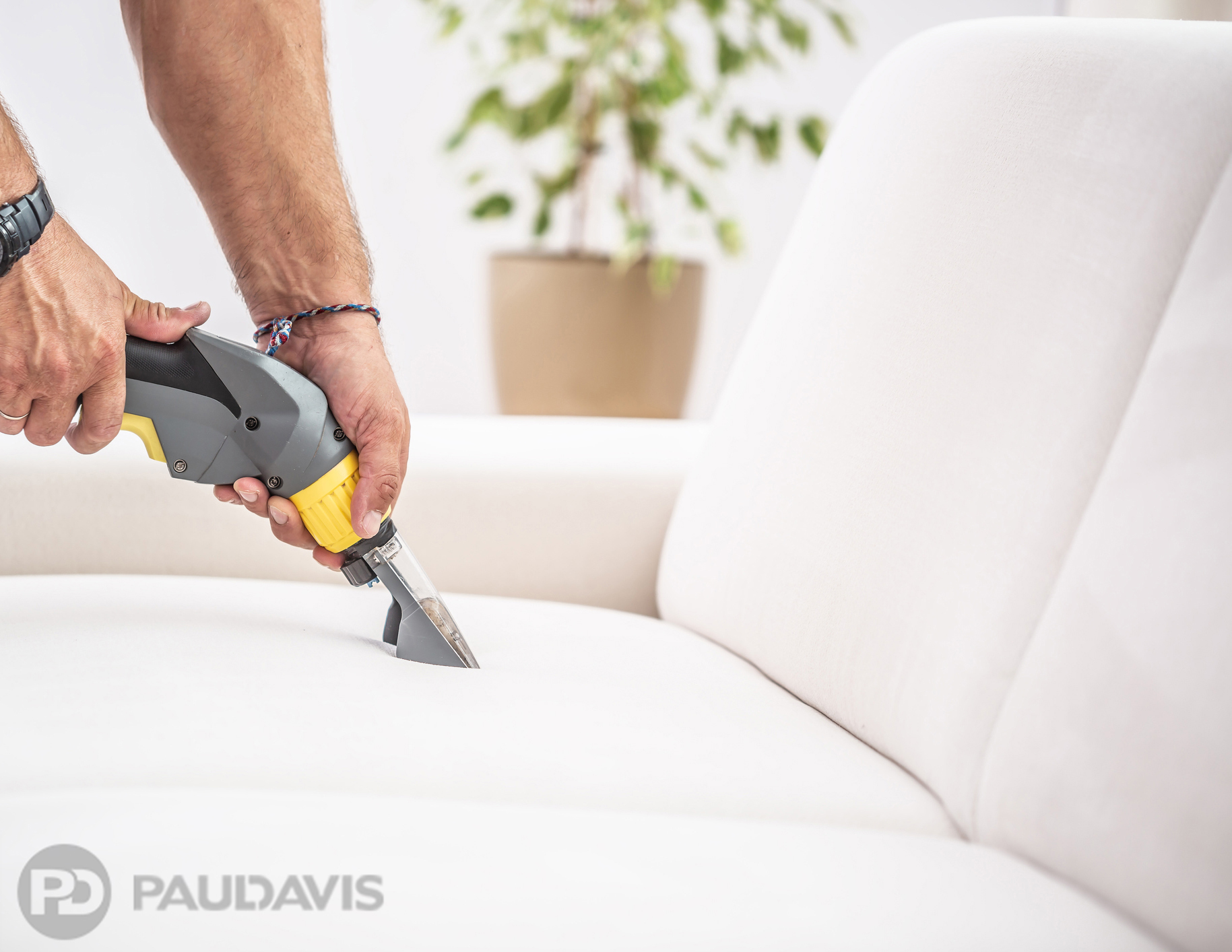
When humans sniff, our noses send information directly to the brain’s amygdala and hippocampus: two areas involved in emotion, recall and processing thoughts. Smells, therefore, bring back vivid memories and feelings that other senses can’t. That’s wonderful if the delicious aroma of cookies makes you remember baking with Grandma. It’s horrifying if smoke odours plunge you into frightening thoughts of the house fire you endured months ago.
That’s why Paul Davis applies cutting-edge technology to remove this unpleasant reminder from furnishings and fabrics. It’s an essential process for nearly everything in the house: items touched by smoke – including those that appear unaffected – do sustain damage. “Even faint odours left on clothing and furniture degrade items and resurge with moisture, warmth or air circulation if they aren’t treated,” says Darren Impson, President, Paul Davis of Tampa.
With the many natural and synthetic materials burned in modern fires, smoke rapidly initiates complex chemical reactions on and in items. Without immediate action, items can become completely unsalvageable in hours. That’s why Paul Davis begins treating odour immediately – often within hours - before fibers change permanently.
Paul Davis experts, who gently treat each item as if it’s their own treasured possession, choose among a variety of innovative technologies:
- Chemical treatments. Ozone, a natural gas found in the atmosphere, pushes odours out of furniture and clothing textiles, replacing smoke smell with a clean, fresh scent. Hydroxyls, created naturally when the sun’s rays react with water and oxygen, also rapidly break down smoke odour; Paul Davis uses special machinery to generate hydroxyls. Additional advanced products designed specifically for Paul Davis encapsulate and chemically neutralize contaminants and odour.
- Physical techniques. Technicians may apply ultrasonic cleaning techniques, which harness bubbles produced by sound waves to drive odour from textiles, or they may use pressurized vapour.
- Specialized cleaning products. High-tech cleaning agents, such as degreasers, brighteners, solvents, anti-mildew agents, disinfectants and detergents, are often used in combination with familiar deodourizing substances like baking soda. Paul Davis, which has created many of its own custom cleaning products, avoids fragrances in favor of a neutral smell.
- Advanced handling. Clothing and furniture often require multiple treatments over a number of days in prescribed combinations. Special items – leather, vinyl, metallized fabrics - may benefit from specialty cleaning equipment, hand-washing, water vapour treatments and agitation.
Though many fire survivors think it’s an impossible task, Paul Davis restores most fabrics and furniture to exceptional condition – in many cases better than before the blaze. “Returning a clean, fresh plush toy to a young traumatized fire survivor helps that child heal,” says Impson. “And, they don’t have to worry that smoke odours will plunge them right back into scary thoughts of one of the worst times in their lives.”
